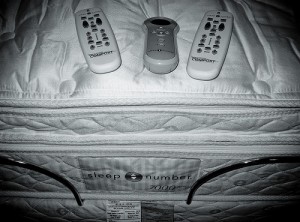Do It Yourself Stockings
If you are looking for a perfect homemade gift, a new tradition to start with your family, or just a fun project, do it yourself stockings are an easy project to start. The following are a few ideas for fun and festive do it yourself stockings.
No Sew
Don’t be afraid to make your own stocking even though you don’t own a sewing machine. A Fanciful Twist provides a tutorial complete with printable templates on how to make your own no sew stocking. All that is require is a few pieces of felt, hot glue and some pinking shears. You can use whatever you have around the house for decorations. She suggests scrapbooking paper, candies and glitter. Ribbons, buttons and colorful material will work also. This project will only take a few hours and would be fun to do with young children.
Burlap
Burlap can be a unique and homey material to work with. HGTV suggests using old coffee sacks that can be found at a local coffee house or bought online. You can use craft glue to adhere felt decorations. Paint also works well on burlap. HGTV suggests using stencils to paint decorations directly on the stocking.
Sweater Stockings
Stockings can be made from old sweaters. Sweaters that have distinct buttons or closures make especially interesting stockings. Better Homes and Gardens offers step by step instructions, a detailed list of needed materials and templates for making your own sweater stocking. This is the perfect use for a favorite sweater that is worn out or just doesn’t fit.
Quilted Stockings
A quilted stocking is perfect for the more advanced sewer. If you have experience sewing and quilting this will be a fun holiday project for you. Simplicity provides a free patternfor a quilted stocking. This stocking is composed of four quilt blocks and is a beautiful design. If you are not a quilter, you can still make a quilted stocking. Martha Stewart offers instructions for crafting a stocking from an old quilt or blanket. All you have to do is sew around the edge.
Stockings add homemade charm to your holiday decorating. They will be cherished by your family and friends and filled with gifts for years to come. Do you have any homemade stocking ideas? What are your favorite stocking stuffers?
 December 23, 2012
|
Posted by Lee C.
December 23, 2012
|
Posted by Lee C.

 Categories:
Categories: 







Recent Comments